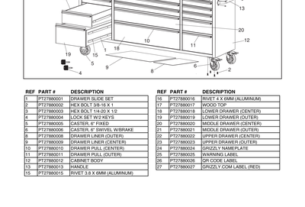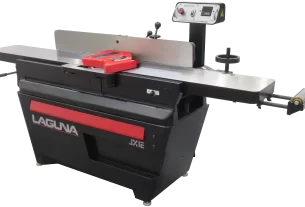Have you ever wished that your hair could be longer, fuller, or more voluminous? Hair extensions are a popular solution for achieving the hair of your dreams. However, not all hair extensions are created equal. In order to achieve perfect extensions, it is important to have the right tools at your disposal.
In this article, we will explore the essential hair extension tools that every stylist and DIYer should have in their arsenal. From tape-in extensions to clip-ins, we will cover everything you need to know to achieve flawless results.
Tools for Tape-In Extensions
Tape-in extensions are a popular option for those looking for long-lasting results with minimal damage to their natural hair. Here are the essential tools you will need:
1. Double-Sided Tape: This is the adhesive that attaches the extension wefts to your natural hair. Look for medical-grade tape that is gentle on your scalp.
2. Tape-In Extension Pliers: These specialized pliers help secure the taped wefts in place and ensure a seamless blend.
3. Sectioning Clips: To keep your work organized and neat, use sectioning clips to separate your natural hair from the extension wefts.
4. Removal Solution: When it’s time to remove your tape-in extensions, a specially-formulated removal solution can make the process much easier and less damaging.
Tools for Clip-In Extensions
Clip-in extensions are a great option if you want temporary length or volume without a long-term commitment. Here are the tools you will need:
1. Clips: As the name suggests, clip-in extensions require clips to attach them securely to your natural hair. Look for high-quality clips that won’t slip or pull on your strands.
2. Rat Tail Comb: A rat tail comb is an essential tool for sectioning and parting your hair when applying clip-ins.
3. Hairbrush: To ensure a seamless blend between your natural hair and the extensions, use a soft-bristled hairbrush to gently blend the two together.
4. Hairspray: Once your clip-ins are in place, a light mist of hairspray can help keep them in place throughout the day.
Tools for Fusion Extensions
Fusion extensions involve attaching individual strands of hair to your natural hair using a heat-activated keratin bond. Here are the tools you will need:
1. Fusion Bonding Tool: This specialized tool heats up the keratin bond, allowing it to fuse with your natural hair.
2. Hair Extension Glue: In addition to the keratin bond, some stylists may also use a small amount of glue to secure each strand in place.
3. Sectioning Clips: As with tape-in extensions, sectioning clips are essential for keeping your work organized and neat.
4. Removal Solution: When it’s time to remove your fusion extensions, a specially-formulated removal solution can make the process much easier and less damaging.
Tools for Weave Extensions
Weave extensions involve creating small braids or cornrows on your natural hair and then sewing wefts of hair into those braids. Here are the tools you will need:
1. Curved Needle: A curved needle is used to sew each weft into place on the braided base.
2. Thread: Look for thread that is strong enough to hold up over time but won’t cause damage or breakage to your natural hair.
3. Scissors: To trim any excess thread or cut off any stray strands of weave hair, a pair of scissors is essential.
4. Sectioning Clips: As with other extension types, sectioning clips are necessary for keeping your work organized and efficient.
Tips for Using Hair Extension Tools
Now that you know which tools you’ll need for each type of extension, here are some tips for using them effectively:
1. Practice Makes Perfect: Don’t be discouraged if your first attempt at extensions doesn’t turn out perfectly. Like any skill, it takes practice to get the hang of it.
2. Take Your Time: Rushing through the process can lead to mistakes and uneven results. Set aside enough time for each step of the process.
3. Protect Your Hair: While extensions can be a great way to achieve your desired hair length or volume, they can also cause damage if not applied or removed correctly. Be gentle with your natural hair and avoid using tools or techniques that could cause breakage or split ends.
4. Seek Professional Help: If you’re unsure about how to apply extensions or don’t feel confident in your abilities, consider seeking help from a professional stylist who specializes in extensions.
Conclusion
With the right tools and techniques, achieving perfect hair extensions is within reach. Whether you prefer tape-in, clip-ins, fusion, or weave extensions, having the right tools at your disposal can make all the difference. Remember to take your time and protect your natural hair throughout the process.
For more information on hair extension tools and techniques, check out our wiki reference page and additional resources:
– [Wiki Reference Page]
– [Link to Authority Website]
– [Link to Authority Website]




